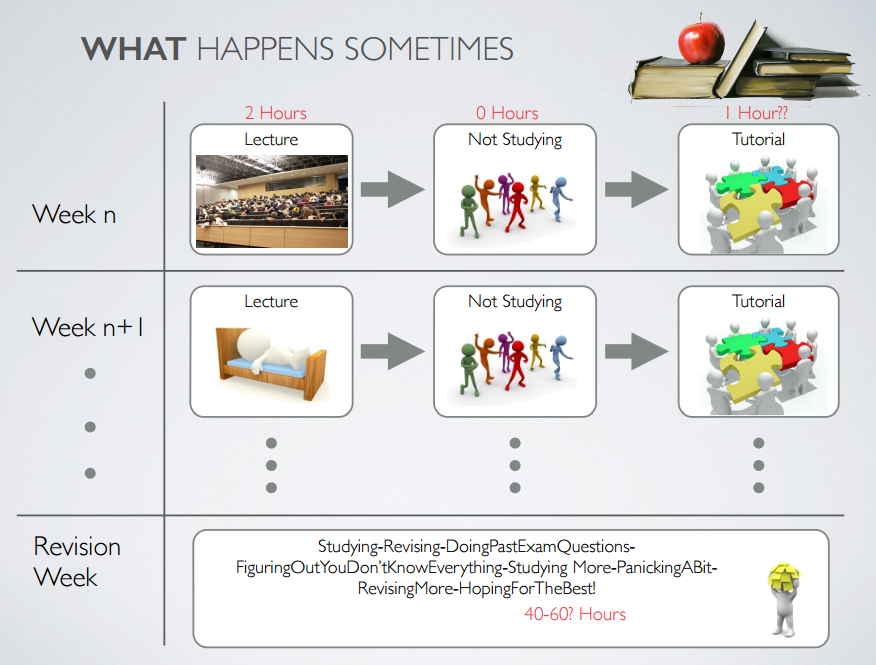Dr Aydin Nassehi began his LITEbox session, available to watch online, by explaining a typical problem with the “standard” classroom approach: students claim to be too busy meaning they often miss lectures, tutorials and out-of-class study time, leading to a lack of learning and lack of understanding of the material. In order to engage the students and create a deeper understanding, Dr Nassehi uses a flipped teaching approach where lectures are much more interactive and allow students to develop their ideas further. In order to assist his approach, he uses the following technologies:
Despite the advantages of flipped teaching, it does come with some disadvantages: student feedback is very mixed, with some students reporting that the academic staff are “not teaching anything”; the teaching approach needs to be continually adjusted according to feedback; and the culture of marks being more important than an understanding of the subject is a barrier for many students.

Digitising Tablet
Before the lecture, content must be provided for the students to learn. This can be a collection of anything relevant, from academic papers through to online videos, which are all uploaded to Moodle for easy access. Dr Nassehi produces videos of step-by-step problems specific to his taught modules by using a digitising tablet (costing £50 to £80), and allows the students to work in a self-paced learning environment where they can pause and resume the video as required. This means that no students are sat in lectures confused when the pace is too fast to follow.
Integration of Moodle - Quizzes
In order to ensure students have done the required work before class each week, they are incentivised with a quiz on Moodle worth 1% of the module mark. Quizzes can be automatically marked, and once a question bank is set up, Moodle allows for random value numerical answers and automatic question shuffling in order to ensure students can’t cheat. Moodle also allows for analysis of the students’ marks, showing where they are struggling and which topics they find hard.
It was noted that the content before the lecture must relate to both the quizzes and the assessment objectives, as otherwise students are disheartened spending time learning unrelated material.
LTEO can provide help and guidance on using Moodle for quizzes.
Audience Response System
To engage with a large cohort of students during contact time, Poll Everywhere is used to ask questions based on the content which has already been learnt, either multiple choice, numerical or short phrase submissions – though be prepared for students inputting silly words. It allows anyone with an internet-enabled device to connect, which is much easier logistically than having to hire out a set of 200+ clickers from the University. Poll Everywhere also allows for registration to track user’s progress throughout the semester.
Dr Nassehi uses an audience response system for a variety of reasons, including short numerical based problems in groups, through to marking other class presentations on non-technical presentation aspects. While Poll Everywhere can provide live feedback on whether students need the pace of class to increase or not, this can be challenging when a certain amount of in-class content must be planned in advance.
Alternative similar free software is mQlicker which allows for embedding within PowerPoint and deals with numerical answers as numbers rather than text strings. You can book the University's audience response system for use in your teaching from the Audio Visual Unit, and receive training on using the system from the e-Learning team.
You can find out more information about how to use audience response systems from a LITEbox event write up.
Questions arising during the session
Is flipped teaching more time consuming?
- To set up the material takes much longer than standard teaching, however once the resources have been set up there is much less work in following years
How do you stop students using their phones in class for non-lecture content?
- Students are more engaged as they have read the material, which as an added benefit also means the lecturer can discuss topics they enjoy with other informed people
- Provide interesting material in class sessions so they want to learn
- You can’t stop those who want to check Facebook, even in “technology free” lectures
How does flipped teaching rank in unit evaluations?
- When students have to do more work and are taught in a different way to usual, flipped teaching appears worse in unit evaluations
- You can still use these tools without flipping
Do students have transparency of the class being flipped?
- From experience, students prefer and rate the class higher if you avoid calling it a flipped class and say this is the way the class has always been taught
If you have any more questions please ask in the comments box below.
Respond



